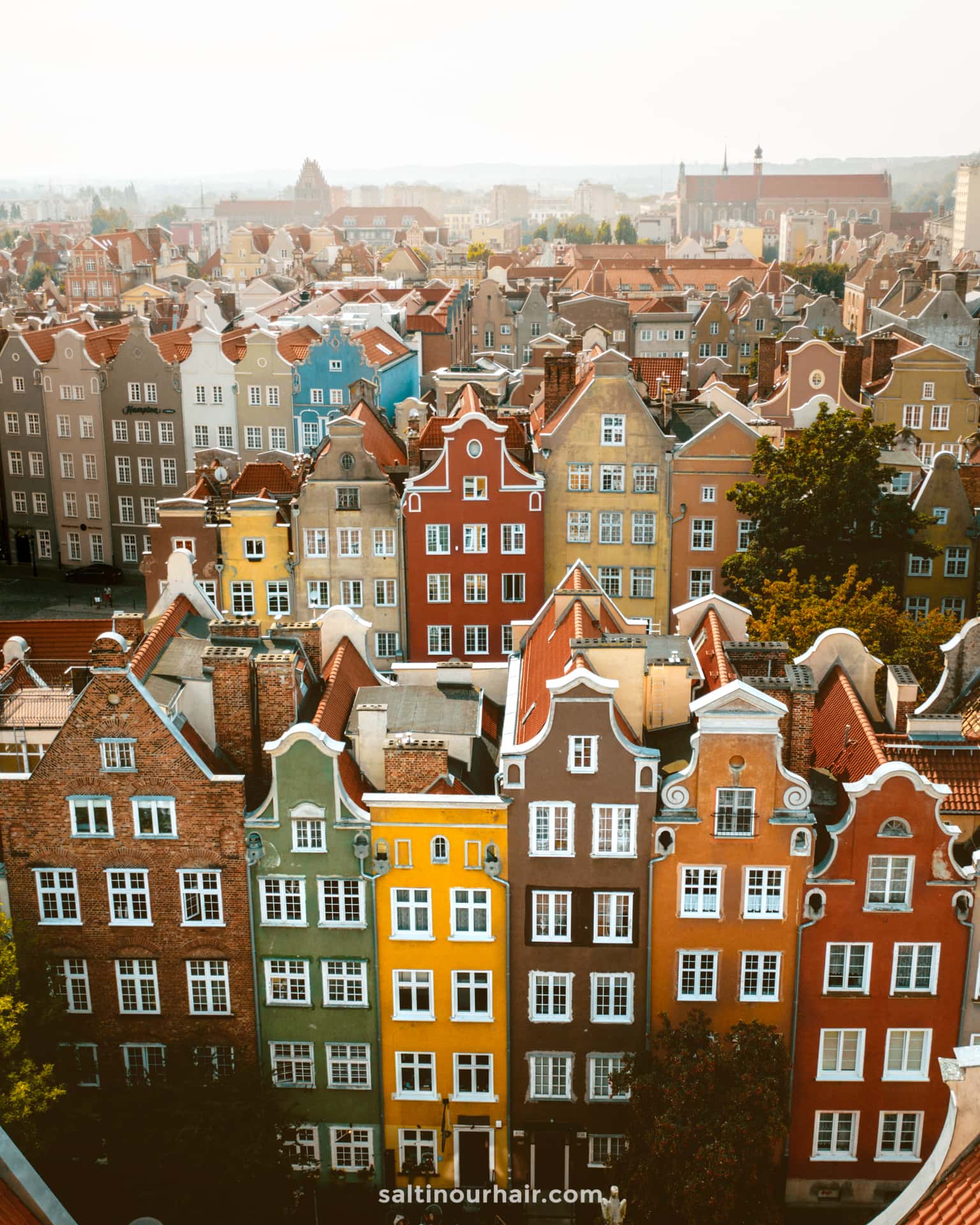Franciszek Skibiński, Nicolaus Copernicus University in Toruń
In recent years, there have been increasing attempts to redraw the cultural and artistic map of Central Europe. This involves challenging established hierarchies and reconsidering the conventional center-periphery paradigm that has dominated scholarly perspectives for generations. This new approach also requires a reassessment of the connections that have shaped cultural and artistic exchanges in this part of the continent. Following this line of research, I propose to discuss the route that connected the German states, via Saxony and Silesia, to the Polish-Lithuanian Commonwealth and the Baltic coast, along with its numerous tributaries. Since it crossed the boundaries of traditionally defined artistic regions, as well as historical and contemporary borders, paying more attention to it creates opportunities to gain previously unknown perspectives on the flow of people, objects and ideas. In my presentation, I will try to identify the key factors shaping the exchanges that took place along this route and their dynamics. I will also look at actors who mostly escaped the hierarchical approach of earlier historiography, such as the poor journeyman painter writing to his mother in Poznan, hoping to gain a more balanced view of the factors and process that facilitated artistic and cultural exchange.
Franciszek Skibiński received his PhD from the University of Utrecht. He is assistant professor at the Nicolaus Copernicus University in Toruń and scientific director at the National Museum in Gdansk. His work examines, among other things, early modern art and architecture in Royal Prussia and the Polish-Lithuanian Commonwealth. His research is particularly concerned with artistic exchanges in the region, and between the former Commonwealth and other regions of Europe. He has published the book Willem van den Blocke. A Sculptor from the Low Countries in the Baltic Region (Brepols, 2020). His other publications include ‘Early Modern Netherlandish Sculptors in Danzig and East-Central Europe. A study in dissemination through interrelation and workshop practice’, in Nederlands Kunsthistorisch Jaarboek 63 (Brill: 2013), ‘Between Paris, the Low Countries and the Baltic: an episode in the history of artistic exchange in sixteenth-century Europe’, in Arts et artistes du Nord a la cour de Francois Ier, eds. Laure Fagnart and Isabelle Lecocq (Paris: Picard 2017), and ‘Sculpture’s Narrativity in Northern Renaissance Prints’, In: Sculpture in Print, 1480-1600, eds. Anne Bloemacher, Mandy Richter, and Marzia Faietti (Boston-Leiden: Brill, 2021). He is also an author for the Routledge Encyclopedia of the Renaissance.
